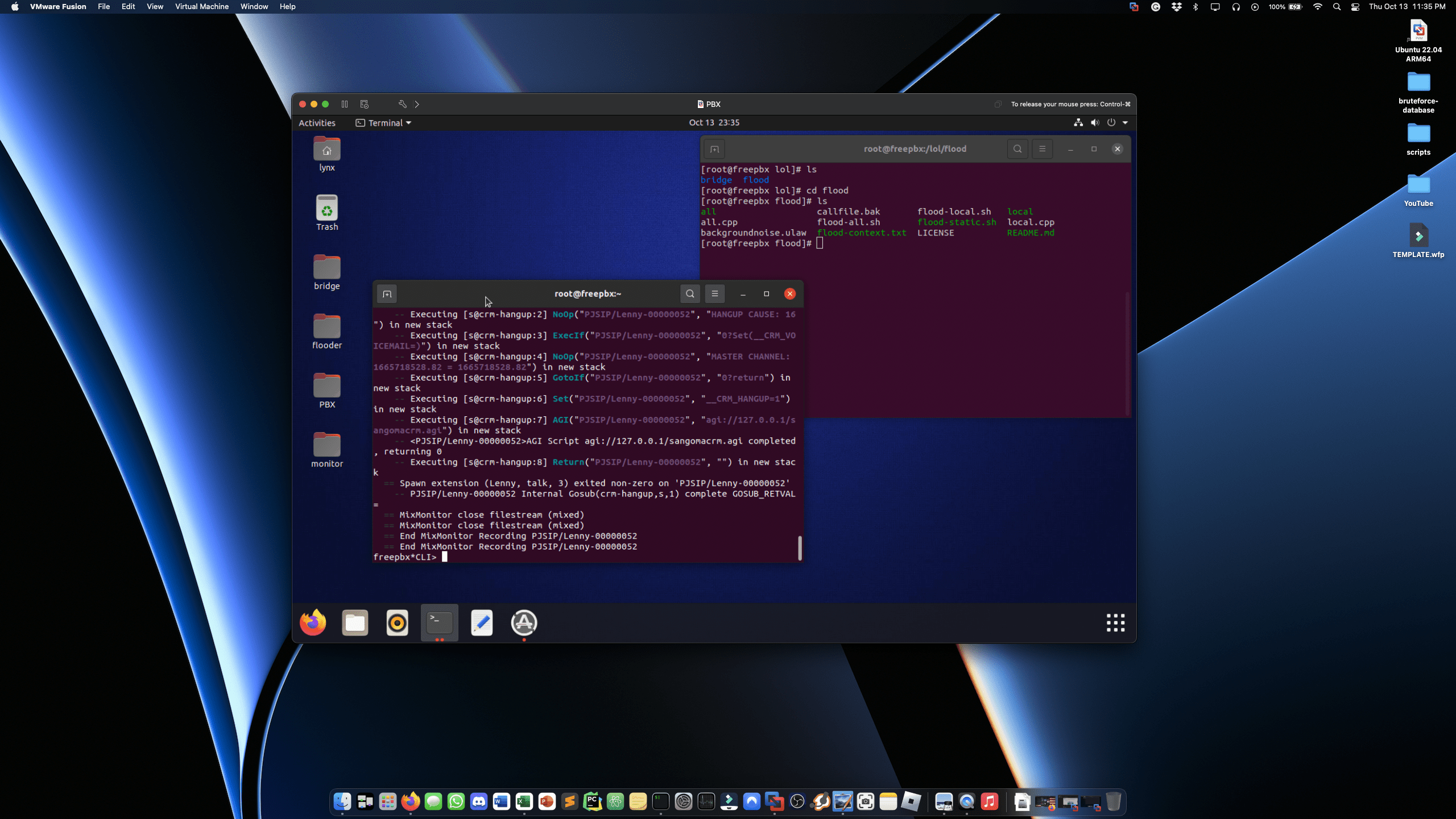
When it comes to the world of hacking or cybersecurity, one of the most frequently asked questions revolves around the choice of the ideal computer or laptop for these purposes. The straightforward response is that it depends on your specific area of expertise or your intended use.
For my own hacking endeavors, I personally favor the 13 Inch M2 MacBook Pro, equipped with 16 gigs of RAM and a 512 Gig hard drive. However, I am in the process of upgrading to the 14 Inch MacBook Pro, boasting 12 cores, 36 gigs of RAM, and a 512 Gig hard drive. The standout feature for me is the exceptional battery life that lasts throughout the day, a benefit I’ve found challenging to replicate with other PCs or laptops.
Delving into the technical specifications is crucial in understanding the performance of Mac laptops. Notably, Mac laptops operate on a unified RAM system, utilizing the hard drive as RAM when needed, a feature known as SWAP Memory. This is particularly valuable for my work involving extensive virtualization, where I manage various Linux and Windows installations. The abundance of cores and RAM facilitates smooth operation of virtual machines.
However, it’s important to note the limitations of Apple Silicon chips, which exclusively support ARM-based operating systems. This restriction becomes apparent in scenarios where specific virtual machines, such as those used in Telecom applications like Asterisk-based ISO (FreePBX), are incompatible with Silicon VM. Attempting virtualization in such cases results in frustratingly slow performance.
While there is an affordable alternative, a ThinkPad Laptop available on Amazon for under $300, the inconvenience of managing two separate laptops dissuades me. My MacBook Pro serves as my daily driver for work, school, and leisure, and the thought of carrying an additional device is less than appealing.
In conclusion, the choice of a laptop for hacking or cybersecurity hinges on individual needs and preferences, with a careful consideration of the technical specifications and limitations associated with the chosen device.






